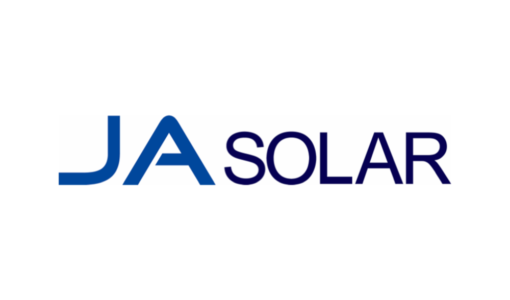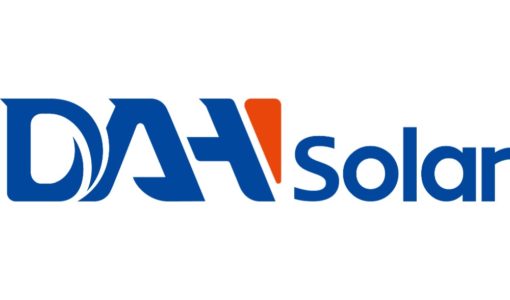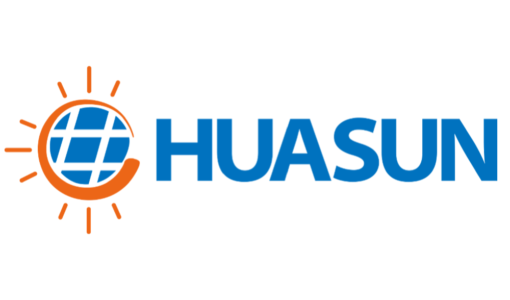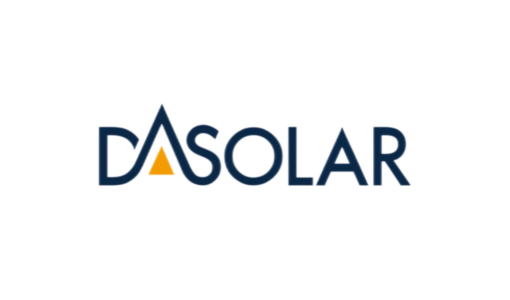- JinkoSolar has releaseda white paper on the bifacial gains according different installations conditions
- The study summarizes the results obtained from bifacial and monofacial comparison tests at three locations
- It evaluates influence of different climates, ground type and mounting configurations on bifacial gain
JinkoSolar has released a white paper on field performance of bifacial solar modules in different installations conditions at various locations. The publication is mainly centered on the application of its Swan bifacial module with transparent backsheet launched last year, which also won the 2019 Intersolar Award as the only module product with its ‘innovative technology, excellent performance and forward-looking product design.’ The module series has tasted success on the commercial front too. According to JinkoSolar, the orders for Swan bifacial modules account to 2 GW so far.
Bifacial PV technology is emerging as an important section of PV with a promise to further reduce LCOE. If the technology is lacking anything, it is more and more field data. To provide reference and suggestions for customers to design bifacial power stations, JinkoSolar has carried out field test projects all over the world in cooperation with test lab PVEL, the Chinese Academy of Sciences, tracker company Nextracker and other third parties to study power generation performance of bifacial modules and factors affecting bifacial gains.
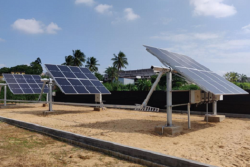
As part of projects to evaluate the bifacial gain in various conditions JinkoSolar provided the results of this setup in Qionghai, China, consist of bifacial modules fixed on trackers installed on sand surface that resulted in about 16% gain compared to monofacial modules. (Photo Credit: JinkoSolar Co. Ltd.)
The white paper presents a summary of the results obtained from three bifacial and monofacial comparison tests performed in different climates, over various ground types and deploying different mounting configurations (fixed and trackers). Below are the key findings of the study:
- Applying fix-mounting and white paint ground with high albedo (80% – 90%) has resulted in a bifacial gain about 16%. The gain is assessed by comparing monofacial and bifacial modules, both based on glass-glass configuration.
- Without putting an extra effort to tune the surface, meaning using cemented background, still results in close to 10% gain, where a transparent backsheet Swan module is compared with the monoracial Cheetah series. The major benefit of the Swan is light weight that eases installation.
- Combining bifacial with tracker is ideal and recommended for large scale installations; the resulting bifacial gain was evaluated in two different conditions. A bifacial gain of about 8% is observed for an installation site in the US where a low albedo of 20% recorded from a gravel surface with panel installations of 1.5 m in height, while trackers installed at 2.7 m height on sand background in low irradiance region in China resulted in 16% boost in energy yield.
TaiyangNews will present an update of its Bifacial Report with a focus on cells and modules in March. If you have interesting news on bifacial cells and/or modules to share, please contact the author.








